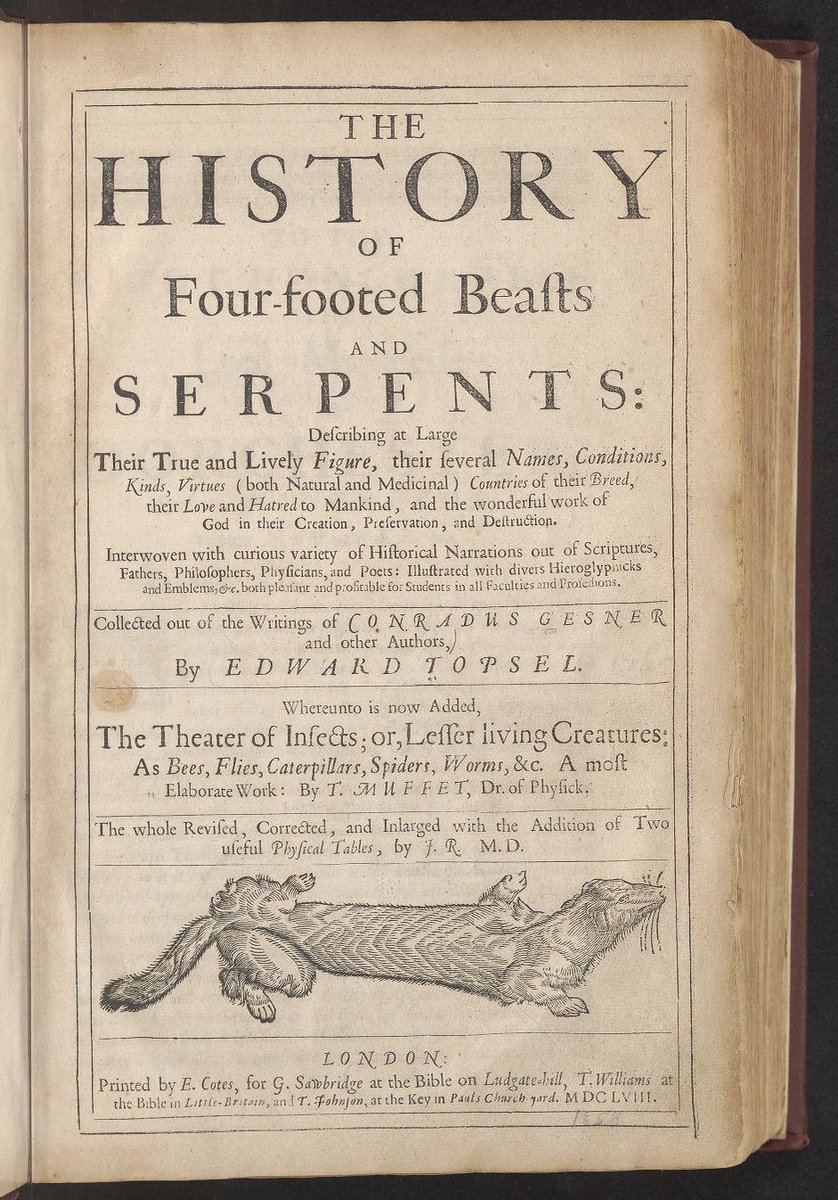
NEXT UP: #4 seed Mara v #13 seed Siberian Chipmunk #2023MMM (this battle narration crafted by @am_anatiala) 



Here it comes, the rabbit-looking capybara relative that acts & moves like an ungulate! Pretty clear how it was in The Who in the What Now Division as a #15-seed in 2014. #2023MMM
The Mara, weighing in at 37 stoats (8.12 kg) hails from the shrub & grasslands of Argentina. #2023MMM #StoatsAsMeasurement 

With tiny, hoof-like feet, Mara spend the day walking through open environments, nibbling on just the very tops of uncommon grass, cacti, & fruits (Taber 1987), carefully watching for South American gray foxes & hawks ora.ox.ac.uk/objects/uuid:3… #2023MMM
Like rabbits, Mara are hindgut-fermenters, with food mostly being digested in the cecum & large intestine. Things don't break down all that well, so Maras believe in enjoying a meal twice, practicing coprophagy (i.e., poop-eating), even eating poop that's not their own! #2023MMM
Siberian Chipmunk is back after being a first round snack attack for #2-seed Snow Leopard as a #15-seed in the Cold-Adapted Divsion of March Mammal Madness 2016. #2023MMM
The Siberian Chipmunk, native to Russia & surrounding, northern countries, does *checks notes* NOT eat poop. Just thought we'd get that squared away. #2023MMM 

Siberian Chipmunks spend their days in the forest, stealing from the food caches of other Chipmunks while carefully avoiding their own until there are no witnesses, ever-preparing for the coming winter (Yi et al 2016) researchgate.net/publication/30… #2023MMM
#MMMagic Our Siberian Chipmunk is understandably shocked to suddenly be in the warmth of a southern hemisphere late summer & goes motionless where he stands to assess the yellow, nearly transparent grass. #2023MMM
Nearby, the Mara male is carefully rubbing his butt against ground & plant, marking his small, drifting territory that centers around his female mate. The female does not pay attention; she's busy eating. #2023MMM
Both species are too preoccupied--the Siberian Chipmunk with determining where in the world he is & where the nearest hideyhole is & the Mara male with making sure everyone with a nose knows this girl is *his* girl--that they don't notice the slinking predator... #2023MMM
The Siberian Chipmunk's too late shrill alarm is cut off at the first note by the jaws of the Lesser Grison! #2023MMM 

The Mara male pauses in his butt marking, glancing about. When nothing dangerous appears, he goes back to marking. #2023MMM
MARA OUTLIVES SIBERIAN CHIPMUNK! #2023MMM
• • •
Missing some Tweet in this thread? You can try to
force a refresh














